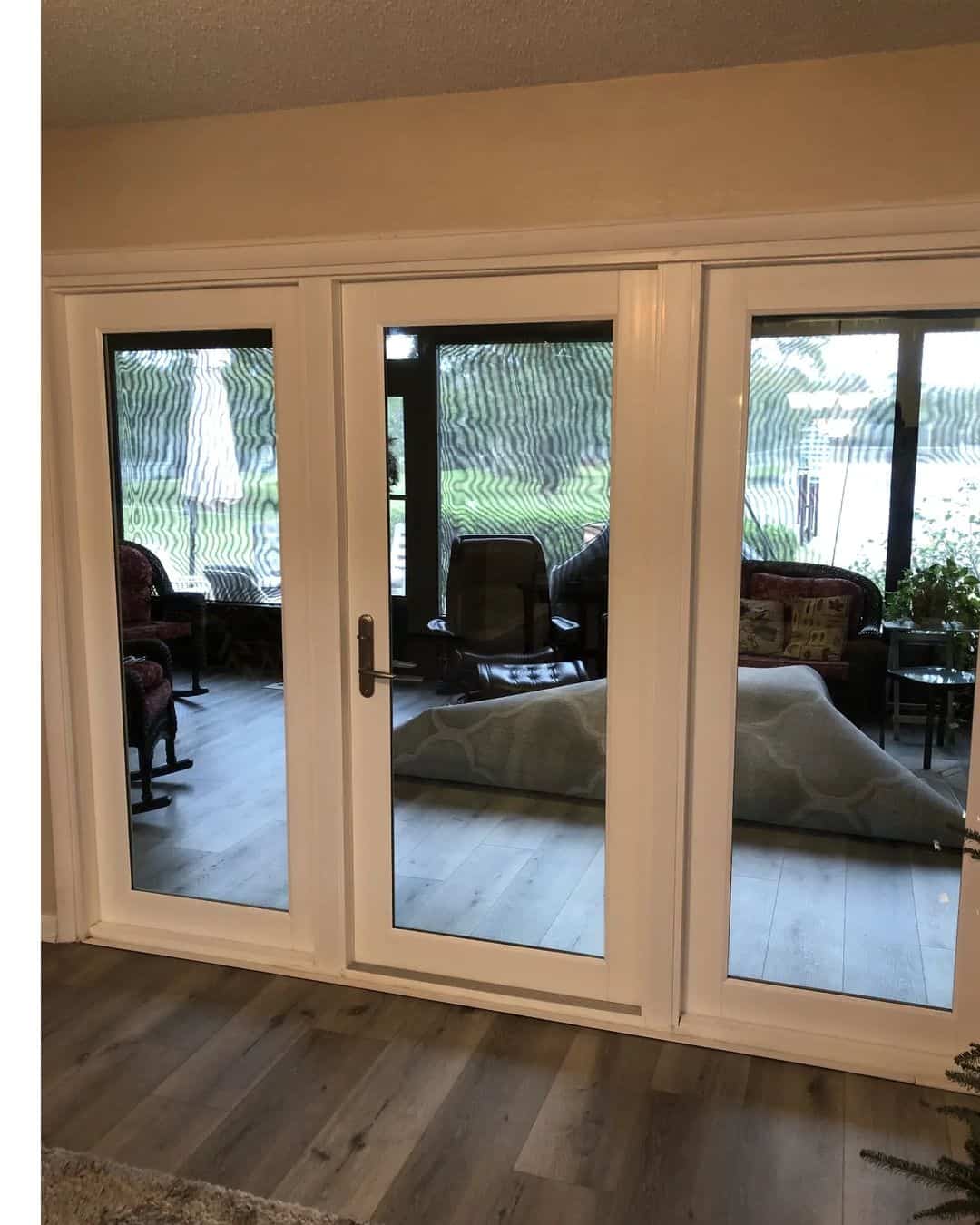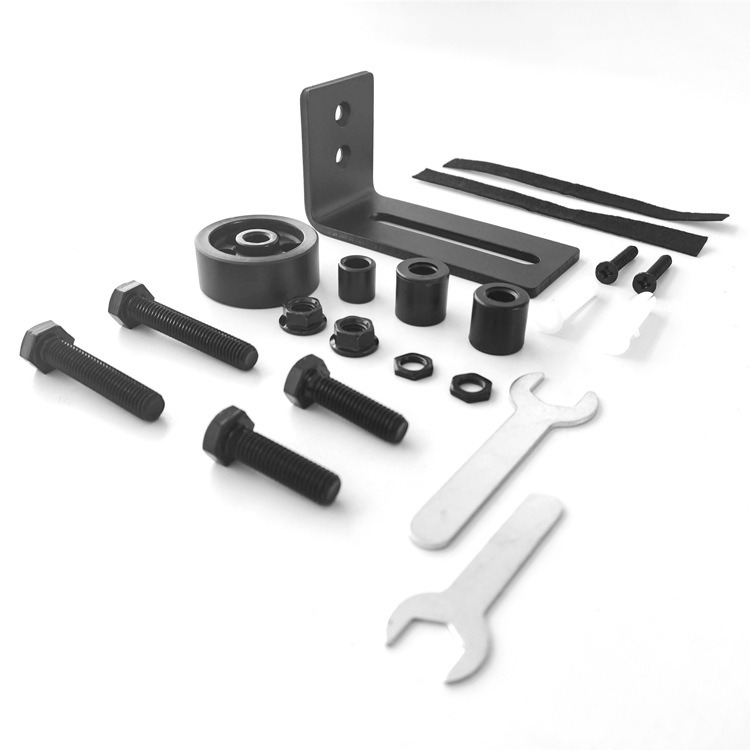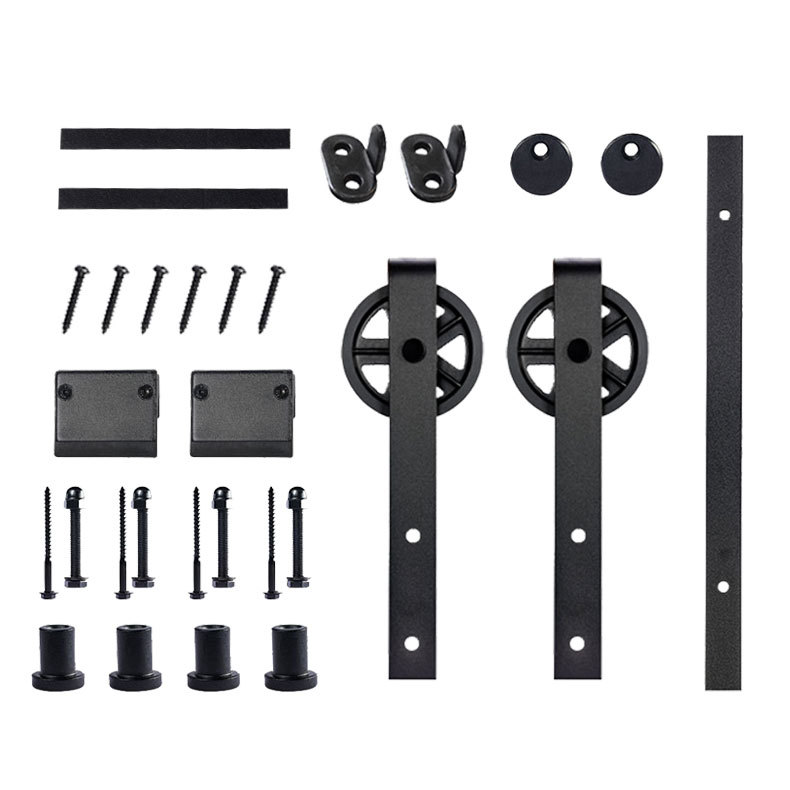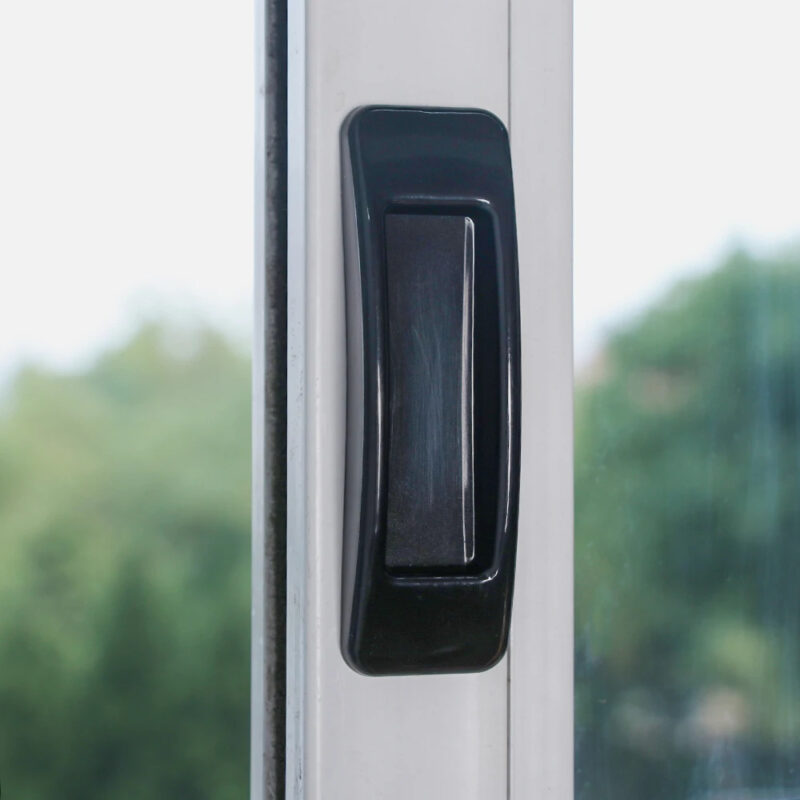How To Weatherproof A Sliding Glass Door? (4 Fast & Easy Ways)

Do you want to know how to weatherproof a sliding glass door? Weatherproofing your sliding glass doors is a great way to keep them from getting damaged or broken during winter. It’s also a great way to make sure that your home is well-protected from the elements.
But don’t settle for just lining it with blackout curtains! In this comprehensive guide, we’ll walk you through everything you need to do how to weatherproof a glass sliding door.
How To Weatherproof Sliding Glass Doors: Prepare Your Tools!
Before you get started weatherproofing your sliding glass door or sliding patio doors, you’ll need to gather a few supplies from your local home improvement store to install this project:
- Measuring tape: To measure the door frame and determine the amount of weather stripping or door sweep needed.
- Scissors: To cut the weatherstripping on the door sweep to size.
- Screwdriver: To install mounting hardware for door sweeps or storm doors.
- Caulk gun and sealant: Apply caulk to seal gaps around the door frame.
- Scraper or smoothing tool: To smooth caulk or remove air bubbles from window film.
- Wet cloth: To clean up excess caulk or remove an amount of debris, gravel, or small stones from the door frame.
How To Weatherproof A Sliding Glass Door: Different Ways!
The weatherproof sliding glass doors are a great addition to your home. With the right installation and care, these doors can last for years.
There are a few steps you can take on how to weatherproof a sliding glass door:
1. Install Weatherstripping
This will help to seal gaps around the edges of the door, preventing drafts and moisture from getting through. Three varieties of weatherstripping are foam-filled, felt, or V-strip. Whichever you will use, here is a step-by-step guide to installing weatherstripping on a sliding glass door:
- Measure the width and height of the door frame to determine how much weatherstripping you will need to prevent cold air.
- Clean the door frame thoroughly to remove any dirt or debris.
- Cut the new weather stripping to the appropriate length and remove any backing or adhesive protection.
- Starting at the top of the door frame, press the new weatherstripping into place along the length of the frame. You can also install panels of rigid foam insulation. Be sure your insulating panel is the right size to avoid air leaks or frost once the temperature drops.
- Repeat this process on the sides of the door frame, pressing the weatherstripping or foam into place and smoothing it down to ensure a good seal.
- Cut the weatherstripping to fit around any corners or curves in the frame.
- Repeat the process on the bottom of the door frame, being sure to overlap the sides and top weatherstripping slightly.

2. Add Door Sweeps or Draft Stoppers
A door sweep, also known as draft stoppers or door snakes, are long, flexible tubes or strips of rubber or plastic that can be placed in the gap at the bottom of a door to block drafts and stops heat loss. It’s often used in conjunction with storm windows so the door will be closed and sealed off from the elements when it’s not being opened.
To add door sweeps to a sliding glass door, watch the video below, or follow these steps:
- Measure the width of the door and purchase a door sweep that is slightly narrower to ensure a good fit.
- Clean the bottom of the door and the threshold thoroughly to remove any dirt or debris.
- Hold the door sweep up to the bottom of the door to ensure that it is the correct length, and make any necessary adjustments.
- Attach the door sweep to the bottom of the door using the mounting hardware provided. This may include screws, adhesive backing, or clips.
- Adjust the sweep as necessary to ensure a tight seal against the threshold.
3. Install Storm Doors Or Window Film
A storm door is a type of door that is designed to protect your home from extreme weather conditions. It is a sliding glass door with an aluminum frame and a plastic or vinyl cover that slides into place over the frame. The cover provides weatherproof protection and helps keep out snow, rain, and wind while allowing you to see out of the window.
On the other hand, window films or shrink-wrap insulation kits are thin plastic sheets that you stick to the glass to increase your sliding door’s insulation. It’s designed to keep the heat in during the summer and the cold out during the winter. You can also make use of insulated drapes, curtains, and other window treatments since glass is not a good insulator.
- Measure the width and height of the door opening to ensure that you purchase the correct size storm door.
- Follow the manufacturer’s instructions to assemble the storm door frame and hardware.
- Hold the storm door up to the door opening to ensure that it fits properly, and make any necessary adjustments.
- Install the mounting brackets onto the door frame using the screws provided.
- Attach the storm door to the mounting brackets, making sure it is level and plumb.
- Install the handle, lock, and any other hardware as directed by the manufacturer’s instructions.
To install the shrinking wrap on a sliding glass door:
- Cut the film to the appropriate size, leaving a few inches of extra film on all sides.
- Spray the glass with the application solution provided with the film.
- Peel the backing off of the film and carefully position it on the glass.
- Use a scraper or other flat, smooth tool to remove air bubbles and smooth the film onto the glass. You can also use your hairdryer to shrink it. This will give more energy-efficient protection.
- Trim off any excess film around the edges of the glass.

4. Caulk Any Gaps
Caulk is a plastic, rubber, or silicone substance that seals gaps or joins. It can be used to fill in holes, seal cracks and crevices around the door’s frame, or cover up screw heads. To use caulk to seal gaps around a sliding glass door, follow these steps:
- Cut the caulk tube’s tip or your preferred sealant strip to the appropriate size for the gap you are filling.
- Apply a continuous bead of caulk along the length of the gap, using a steady, even pressure.
- Smooth the caulk using a wet finger or a caulk smoothing tool.
- Wipe away any excess caulk with a damp cloth.
- Allow the caulk to dry according to the manufacturer’s instructions before painting or using the door.
By following these steps, you can help protect your sliding glass door in good condition all year round, no matter what the weather throws at it—plus, improve your home’s energy efficiency.
Ways to Maintain the Weatherproofing on Your Sliding Glass Door
Once you’ve taken the steps outlined above on how to weatherproof a sliding glass door, it’s time to get into a regular maintenance routine. After all, regular maintenance is the key to getting the most out of any element’s protection efforts.
- To start, it’s a good idea to inspect the door for any signs of wear and tear regularly. This will help you identify and address potential issues affecting its performance.
- You should also keep an eye out for rust or corrosion, as these can weaken the door’s weatherproofing capabilities over time.
- Take the time to wipe away any dirt or debris buildup on both sides of the glass and frames. It would help if you also lubricated rollers and other operational mechanisms to ensure they’re functioning smoothly year-round.
- Finally, routinely check that all seals are still effective to keep moisture out and maintain a tight seal around your sliding glass door over time.

FAQs About How To Weatherproof A Sliding Glass Door
You might have some questions about the best way how to weatherproof a sliding glass door. Here are some of the most common questions people have about this process:
Q1: What types of weather sealants should I use?
A: Silicone, polyurethane, or polysulfide sealant are all great options for weatherproofing your sliding glass door. If possible, try to get one specifically designed for outdoor use and waterproof. It’s also best if you have low-emissivity (low-E) glass.
Q2: How often do I need to reseal my sliding glass patio door?
A: This depends on how much wear and tear your door is subjected to—generally speaking, you should reseal it every ten years if used frequently, but it’s best to check the sealant and weather stripping periodically and re-apply as necessary.
Q3: Can I apply new caulking directly over existing caulking?
A: Yes, the new caulking should adhere well to any existing caulking that’s in good condition—make sure it’s clean and dry before applying the new layer.
Conclusion
So, there you have it: a step-by-step guide on how to weatherproof a sliding glass door. It’s a pretty easy process, but it’s important to take your time and do it properly to ensure your door is protected from the elements. For more ideas, follow us and keep updated on the latest guides for improving your home!















